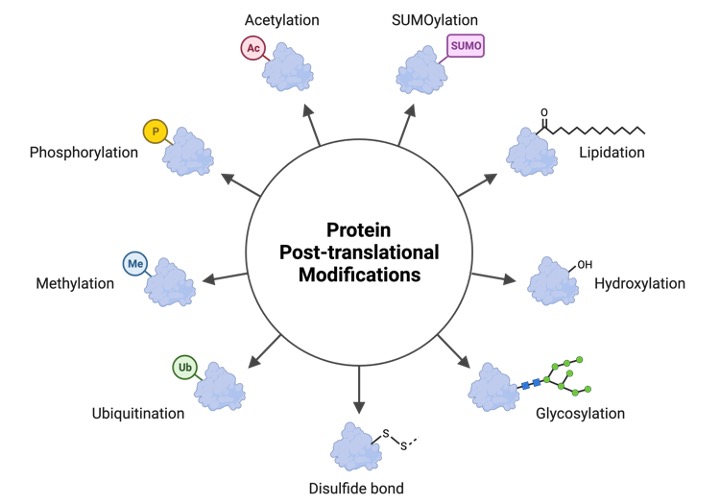Table of Contents
Glycosylation Definition
Glycosylation is a biological reaction in which a glycan binds to a protein, lipid, or other organic molecule, usually by the catalytic action of enzymes.
What is Glycosylation?
Glycosylation is a chemical process in which a carbohydrate (a glycosyl donor) is linked to a glycosyl acceptor’s hydroxyl or other functional group. Glycosylation is a biochemical process in which a carbohydrate (referred to as a glycan) and other organic molecules are joined with the help of enzymes.

Carbohydrates are one of the most abundant macromolecules in the human body. Proteins, lipids, and nucleic acids are the other main macromolecules (e.g. DNA and RNA). Many of these carbohydrates exist as complex molecules that are glycosylated and covalently bonded to another biomolecule.
Glycoconjugates are what they’re called. Glycan refers to the carbohydrate component. Glycolipids and glycoproteins are examples of glycoconjugates. A glycosyl attached to a lipid is called a glycolipid, whereas a glycan connected to a protein is called a glycoprotein.
Glycosylation Process
The process of glycosylation differs depending on the type of glycosylation. N-linked glycosylation, for example, is a kind of glycosylation in which the glycan is connected to a nitrogen atom in a protein’s asparagine or arginine residue. It is found in the lumen of the endoplasmic reticulum in eukaryotes.
O-linked glycosylation occurs when O-linked glycans attach to the hydroxyl oxygen of the serine, threonine, tyrosine, hydroxylysine, or hydroxyproline side chains of a protein. It might also be the method through which O-linked glycans bind to lipid oxygen.
This kind of glycosylation occurs in the Golgi apparatus of eukaryotes. The C-linked glycan (a mannose sugar) binds to the carbon on a tryptophan side-chain in C-linked glycosylation.

Other types of glycosylation include: N-glycosylation and O-glycosylation, which are the most prevalent.
- P-glycosylation, in which the glycan is linked to the phosphorus on a phosphoserine molecule.
- C-glycosylation, which attaches the glycan to carbon, as in mannose to tryptophan.
- S-glycosylation, in which beta-N-acetylglucosamine is linked to the cysteine sulfur atom.
Eukaryotes and prokaryotes both have glycosylation in their cytoplasm. However, in eukaryotes, it may also happen in the nucleus (in particular, O-GlcNAc modification). Glycosylation locations in eukaryotes’ cytoplasm include the endoplasmic reticulum and the Golgi apparatus.
Glycosylation and Post-translational Modification
The Golgi apparatus, in particular, bundles molecules for secretion, such as glycoproteins. The Golgi apparatus alters specific proteins produced in the rough endoplasmic reticulum during post-translational and co-translational modification. Glycosylation is the process of adding a sugar unit to a protein. The resultant glycoprotein can either be kept in a vesicle or transferred outside the cell later.
Glycosylation is a necessary biological reaction. It encourages correct protein folding and generates complex compounds that serve as regulators. Glycosylation is distinct from glycation, which is a chemical process that occurs without the use of enzymes. The term “hyper glycosylation” refers to a situation in which glycosylation is overdone.
Glycosylation Citations
- N-linked glycosylation and homeostasis of the endoplasmic reticulum. Curr Opin Cell Biol . 2016 Aug;41:57-65.
- On the glycosylation aspects of biosimilarity. Drug Discov Today . 2018 Mar;23(3):616-625.
- Hallmarks of glycosylation in cancer. Oncotarget . 2016 Jun 7;7(23):35478-89.
- Collagen glycosylation. Curr Opin Struct Biol . 2019 Jun;56:131-138.
- Figures are created with BioRender.com







